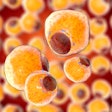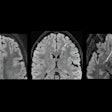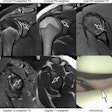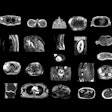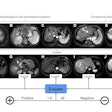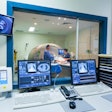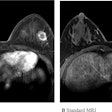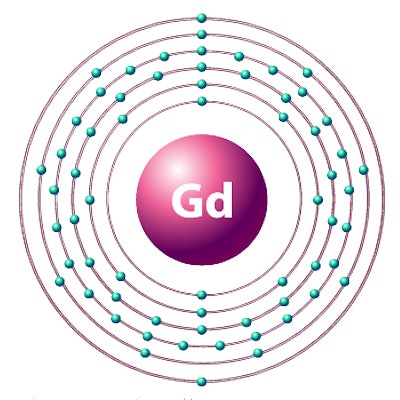
Soft drinks served at fast-food outlets in a half-dozen cities in Germany had trace levels of gadolinium from MRI contrast agents, according to a recent study. While the research highlights the persistence of gadolinium in the environment, the levels most likely do not represent a health risk, experts say.
Previous research has found that gadolinium from MRI scans can enter municipal wastewater systems in urine excreted by patients after their MRI scans, as gadolinium is not typically removed at wastewater treatment plants. From there, gadolinium can make its way into public water supplies and even the environment.
This persistence of gadolinium results in the rare earth element being directly transferred to beverages, according to the study authors, led by Katja Schmidt, PhD, a researcher at the Federal Institute for Geosciences and Natural Resources in Hannover, Germany. The study, published online on July 6 and due to appear in print on 15 October in the journal Science of the Total Environment, also reveals the potential for human exposure to potentially harmful anthropogenic (i.e., caused by humans or their activities) compounds.
"GBCAs used in MRI are difficult to impossible to remove in wastewater treatment plants and may enter groundwater production wells and, hence, municipal tap water via bank filtration," the researchers explained. "As anthropogenic gadolinium may be accompanied by other, more harmful wastewater-derived (micro)pollutants such as endocrine disruptors, we investigated the potential pathway of anthropogenic gadolinium into popular tap water-based beverages sold in highly frequented fast-food restaurants."
The group found that in Berlin and Düsseldorf, where tap water is mainly produced by river-bank filtration, between 85% and 99% of the total gadolinium is of anthropogenic origin. The surprisingly high anthropogenic fraction (91%) in tap water from Munich reveals that even the shallow groundwater tapped in two Alpine valleys is eventually exposed to anthropogenic pollution, they wrote.
Overall, Schmidt and colleagues reported strong gadolinium contamination in tap water and tap water-based Coca-Cola from McDonald's and Burger King restaurants in all cities investigated, except for those from Karlsruhe. Bottled Coca-Cola and tap water from Bremen also is free from anthropogenic gadolinium, they added.
The distribution of gadolinium in postmix soft drinks generally follows that of the corresponding tap water, except for enrichments of ytterbium (Yb), lutetium (Lu), and cerium (Ce), which are derived from the syrup, according to the authors. The concentrations of anthropogenic gadolinium are similar in the soft drinks and the corresponding tap water, they stated.
The need for action
The concentration of gadolinium in water is increasing slowly, but the effects are unknown, noted Dr. Henrik Thomsen, the chair of the Contrast Media Safety Committee of the European Society of Urogenital Radiology and a professor of radiology at the University of Copenhagen.
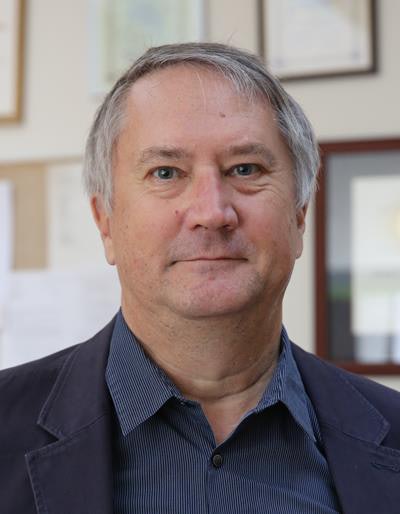 Dr. Henrik Thomsen.
Dr. Henrik Thomsen."The environmental people have not started cleaning the wastewater with reverse osmosis, except in a few places. The system that I called for (in 2016) has not been established. It seems like the environmental people close their eyes to publications. We should rinse the water," he told AuntMinnieEurope.com.
Thomsen voiced concerns about this topic three years ago and remains convinced his original assessment of the situation is still valid and correct.
"Because gadolinium-based contrast agents are highly persistent in water, a monitoring system is required to document future gadolinium levels," he wrote in an editorial published on September 8, 2016, by Acta Radiologica. "In addition, better water purification using reserve osmosis membranes is needed in wastewater treatment plants so that less gadolinium-based contrast agents enter the environment."
Until now, the concentrations of anthropogenic gadolinium in surface water have been rather low (in the range of 100 ng/L-1 to 1,100 ng/L-1), and the levels of anthropogenic gadolinium in tap water also are low, but continued increases of the input from radiology practices and hospitals are likely, and it is not known what risks these pose for living organisms, he continued.
Thomsen pointed out that toxicity to humans should not be a problem at current concentrations because a person would need to drink 100 million liters of tap water to reach the dose levels given during a single contrast medium injection for MRI. However, the effects of the higher gadolinium concentrations -- that are likely in the future because of the increasing use of GBCAs for MRI -- are not known. Tap water in large cities should, therefore, be monitored for the presence and behavior of anthropogenic gadolinium, which can be done relatively quickly and cheaply, he said.
How to reduce gadolinium
Similarly, Dr. Alexander Radbruch, JD, an associate professor of radiology and neuroradiology at Essen University Hospital and the German Cancer Research Center (DKFZ) at Heidelberg University Hospital, sought to downplay the risks.
 Dr. Alexander Radbruch, JD.
Dr. Alexander Radbruch, JD."It is important to emphasize that no clinically harmful effects have been shown from gadolinium in the reported concentration in the groundwater," he told AuntMinnieEurope.com. "We need to put these data into perspective: The reported amounts of gadolinium are extremely small."
However, he added that gadolinium might be regarded as an indicator that describes the possibility for other potentially harmful components to enter drinking water. As the study authors noted, the occurrence of anthropogenic gadolinium in soft drinks reveals the potential human exposure to other, possibly harmful, wastewater-derived compounds, such as pharmaceuticals and endocrine disruptors, via this pathway.
"Common sense dictates that the amount of gadolinium should be reduced to a minimum, both in the patient and in drinking water," Radbruch stated. "Hence, imaging techniques that require reduced amounts of gadolinium or gadolinium-free imaging techniques should be increasingly used in the future."
For example, his own group has studied the use of "virtual gadolinium" generated by artificial intelligence (Kleesiek et al, Investigative Radiology, July 1, 2019).


.fFmgij6Hin.png?auto=compress%2Cformat&fit=crop&h=100&q=70&w=100)
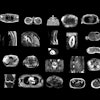


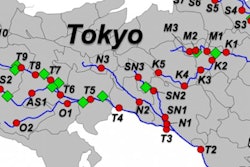
.fFmgij6Hin.png?auto=compress%2Cformat&fit=crop&h=167&q=70&w=250)
